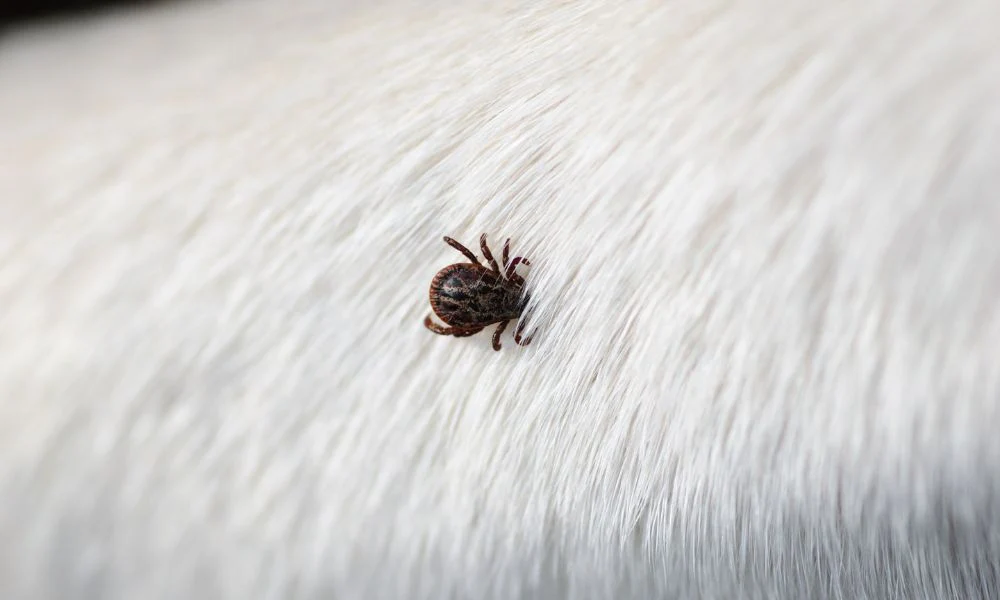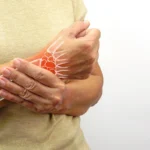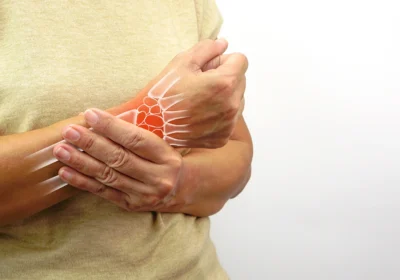
Restorative Health Solutions on the Silent Damage of Untreated Lyme Disease
Lyme disease often begins as a tiny thing — perhaps a slight fever or a few aches in the joints. Some people develop a red, circular rash. Others never see it at all.
That’s what makes Lyme tricky. There are times when it does not cry for your attention, but that does not mean that it is harmless. It is possible for early symptoms to be similar to those of the flu, or they may go completely unrecognized. When missed, the infection can progress — and that’s when real trouble starts.
It tiptoes from the skin into the blood, and next stops at joints, nerves and even the brain. Because this deterioration is slow, many patients remain undiagnosed until the disease has a strong grip. By that time, treatment gets more complicated and the recovery could be that much longer.
How It Begins
Ticks spread Lyme disease. The tick bite is the entry point for the Borrelia burgdorferi bacteria into the bloodstream. At first, symptoms might include:
- Headaches or body aches
- Fatigue and chills
- Bullseye like rash
- Brain fog or mood changes
Many dismiss these signs. But postponing care also gives the infection more time to move deeper into the body.
What If You Don’t Treat It?
Untreated Lyme disease can impact the health of an individual for years to come — and some of the symptoms might not even begin to surface until months or even years after the initial bite. Joints, nerves, and the heart are all potential locations where the infection can take up home.
Long-term complications may include:
- Joint pain and swelling: Large joints, such as the knees, are the most typical locations for joint swelling and pain.
- Nerve damage: The condition known as Bell’s palsy is characterized by facial paralysis, tingling, and numbness in the face.
- Memory and concentration difficulties: Trouble with clear thinking or focus
- Problems with heart: An irregular heartbeat, chest pain, or fainting
- Persistent fatigue: The same as with most cancers, this cannot remit with relaxation
These symptoms can be disabling. And, once the disease progresses to the chronic stage, recovery takes even longer.
Why Early Treatment is Critical
Treatment for Lyme disease should begin as soon as possible in order to maximize the likelihood of a full recovery. Beginning antibiotics in the weeks after the infection can halt it in its tracks.
But if allowed to go unchecked, the bacteria can become resistant to treatment, especially if it encases itself in protective layers or crevices, or hides out in tissues. That’s also why you shouldn’t hesitate — even if your symptoms seem mild or fluctuating.
A Smarter Way to Heal
Restorative Health Solutions takes a holistic approach to treating Lyme disease. They are aware that protocols are not a solution that can be applied universally to chronic Lyme disease.
Their treatment focuses on:
- Through more advanced testing to find the invisible infections
- Mild detox tactics that will help to reduce inflammation
- Supports immune system in order to help the body defend itself naturally
- Individualized plans tailored to each patient
Even for those with long-term or misdiagnosed Lyme, there is a way out.
Final Thoughts
Leaving an untreated case of Lyme disease “under wraps” is a gamble — one that can silently dismantle your body in ways that aren’t easy to piece back together. However, you are not alone in having to cope with it.
Even in the case of long-term symptoms, the condition may be well managed. Trust in expert guidance. Restorative Health Solutions can help you more fully succeed with that!


















